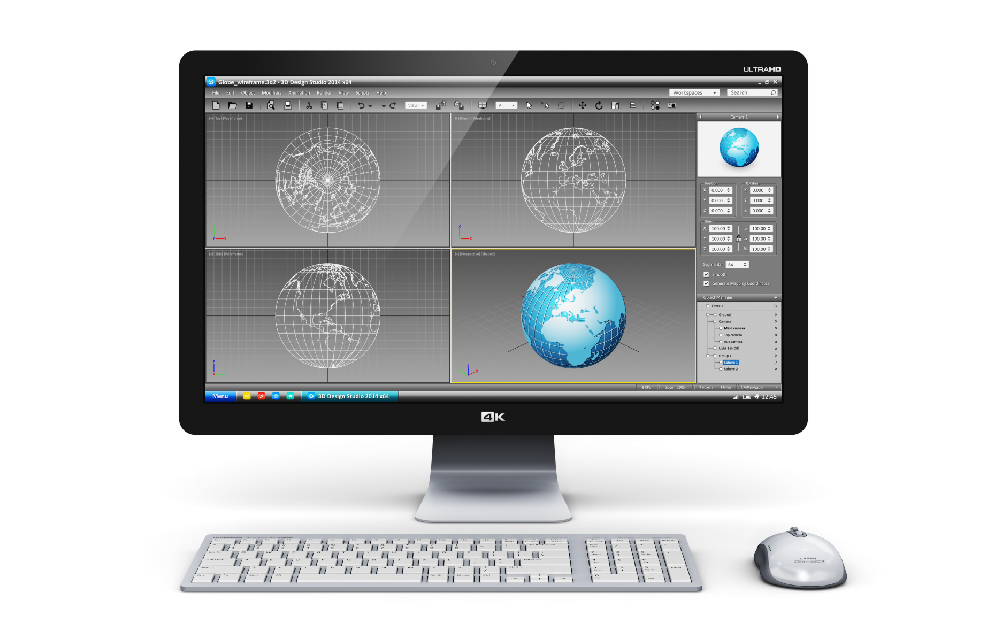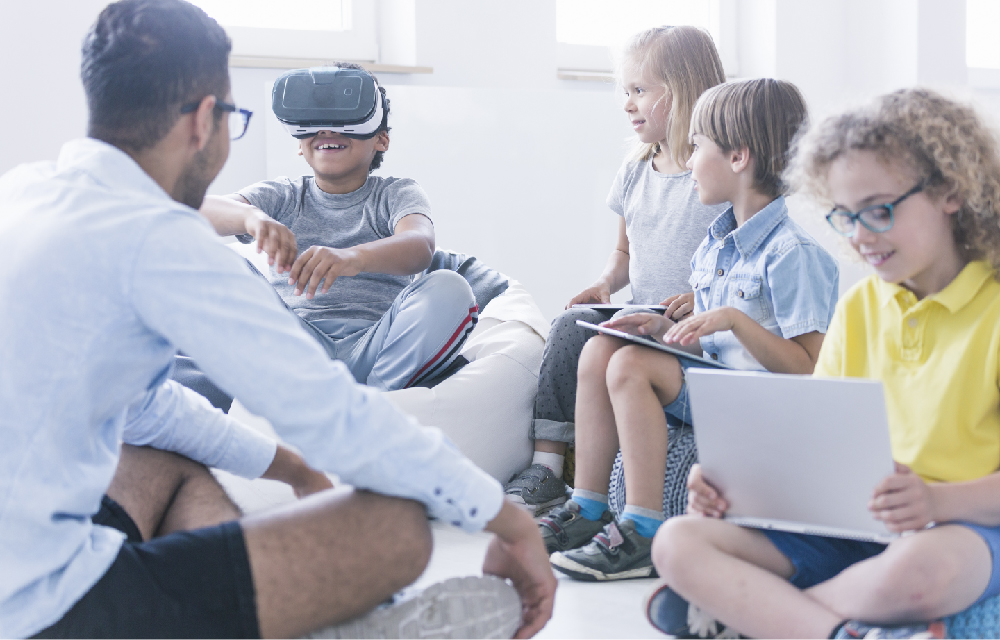In this day and age, technology has changed many aspects of our lives, from how we keep in touch with family and friends to how we buy our groceries. More importantly, it’s changed education for the better, even if some people might disagree.
Some people would argue that students shouldn’t be allowed to use technology in their classrooms. While this is true in some cases, however, technology shouldn’t be banned completely. If mobile phones were allowed, students would be constantly distracted, either texting each other or browsing Twitter. However, there are other aspects of technology that can be used to further their education.
 In the past, information was confined to books, but nowadays it’s all online. All human knowledge is right there at our fingertips. Allowing students to use technology such as tablets or laptops will let them access to this information, and go into more depth on whatever subject they’re learning in. Technology also makes it easier for the students to get around the school. No longer do they need to carry around heavy textbooks, exercise books for each subject, and ring binders full of notes. Those textbooks have become ebooks, while all their notes can be stored on their laptop.
In the past, information was confined to books, but nowadays it’s all online. All human knowledge is right there at our fingertips. Allowing students to use technology such as tablets or laptops will let them access to this information, and go into more depth on whatever subject they’re learning in. Technology also makes it easier for the students to get around the school. No longer do they need to carry around heavy textbooks, exercise books for each subject, and ring binders full of notes. Those textbooks have become ebooks, while all their notes can be stored on their laptop.
Instead of the students sitting and listening to their teacher simply relaying a list of facts, they can now go online and research these topics on their own, which can help to keep them more engaged and interested. This way, the teacher becomes more of a guide to their students, helping the students to take more responsibility for themselves in learning.
Arguments have been made that technology has been limiting creativity, but this isn’t always the case. If they’re left to sitting in front of a games console then this might happen, but with the right tools and the right amount of encouragement, then students can let their imagination run wild. Students can create works of art using software like Photoshop, or edit videos to create short films. Technology can allows students to work together on creative projects, and they don’t even have to be at the same school. These days, students at a school in Dubai could collaborate on a project with students in Siberia, talking with each other Skype – something that wouldn’t have been possible just a few short years ago.
 Technology has become increasingly important around the world, and in the future it’ll only become more essential. With some adults going on courses to learn how to use computers, or how to code, it only makes sense that children are given more of a chance to learn from an early age. Children will need to know their way around computers, or how to write software, to give them better opportunities later in life, as these are valuable skills.
Technology has become increasingly important around the world, and in the future it’ll only become more essential. With some adults going on courses to learn how to use computers, or how to code, it only makes sense that children are given more of a chance to learn from an early age. Children will need to know their way around computers, or how to write software, to give them better opportunities later in life, as these are valuable skills.
Letting students use technology doesn’t just mean giving them access to computers. It can also mean giving the teacher a piece of hardware like an interactive whiteboard. This allows the teacher to engage with their students even more as they show them information, whether it’s through videos or slideshows. Studies have shown that students learn more through hands-on learning, and an interactive board can let them do this, through completing maths problems on the board or playing a game. When it’s time for students to make presentations in the classroom, they can also use the interactive board to make them even more impressive, with relevant notes and images up on the board behind them.
Technology has already transformed the world of education, making it easier for people to learn in new ways. Students can learn wherever they are in the world, and it’s important that a classroom doesn’t become a place that tries to stop this from happening.




![How To Improve School Communication [A Detailed Guide] How To Improve School Communication [A Detailed Guide]](https://www.schoolvoice.com/blog/wp-content/uploads/2021/12/How-To-Improve-School-Communication-218x150.jpg)




![How To Improve School Communication [A Detailed Guide] How To Improve School Communication [A Detailed Guide]](https://www.schoolvoice.com/blog/wp-content/uploads/2021/12/How-To-Improve-School-Communication-100x70.jpg)
